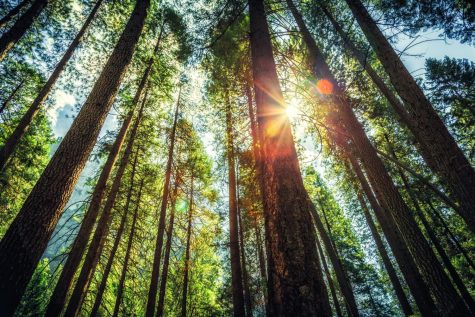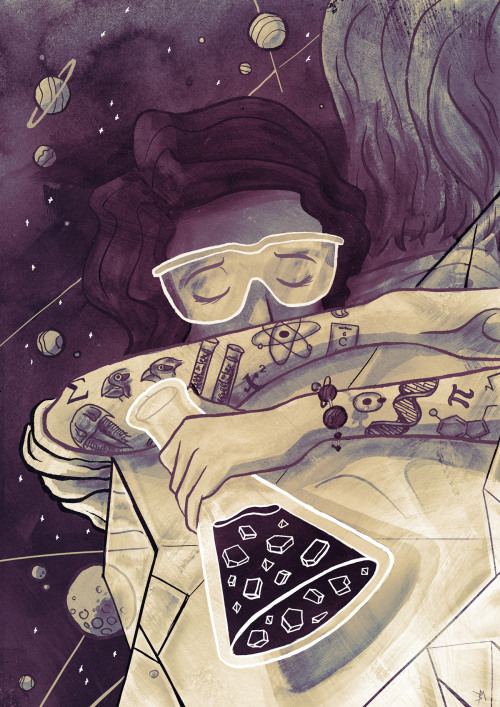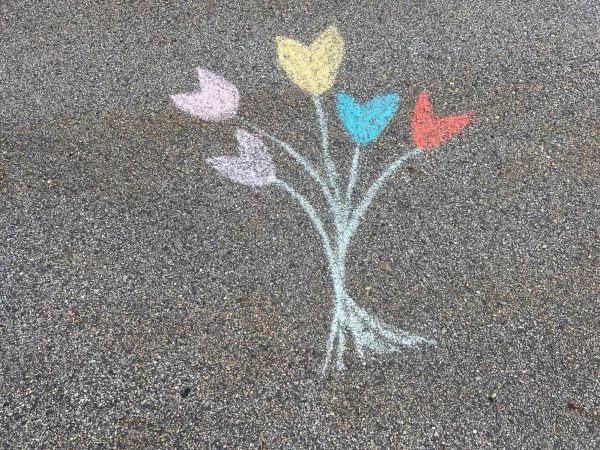Trees don’t bark…
Greetings, fellow punk scientists!
It’s that time of the year again, where the hills and valleys of Vermont light up with all the pretty red, orange, and yellow leaves that make the trees look like they are on fire.
Everyone who has ever spent time in Vermont knows about the changing of the leaves. It’s a phenomenon so widely known and admired that people flock here from out of state to come look at all the wonderful foliage, year after year.
However, the changing color of the leaves isn’t the only thing that makes trees special. Far from it. There is a whole wealth of information that has come out within the past few years about the lives of trees, and with that knowledge comes a plethora of interesting facts that we can learn about.
When people think of trees, if they do at all, it is not uncommon that most people think of the same sorts of things. Trees photosynthesize, making food for themselves and making air for us to breath. The end.
However, recent research has revealed photosynthesis is just the tip of the iceberg, because for trees, much like a floating block of ice, most of their world is hidden just below the surface.
This subterranean space is the home to many kinds of fungi and bacteria, many of which play an important role in how healthy a forest is.
The mycorrhizal network, a web-like array of tiny fungal roots, spreads throughout woodlands, connecting the trees in the forest to one another. This network is fascinating, because with it, trees can do a lot of things that many of us would likely have thought impossible.

For starters, trees can share food with one another along this underground lifeline. For young trees beneath the canopy layer of larger trees, this is a matter of life and death. Because they are unable to collect enough sunlight to photosynthesize properly, these smaller trees rely on the larger parent trees to send them nutrients, all of which is possible through the symbiotic relationship between trees and fungi.
It is also coming to light that trees can send a variety of signals through these extensive root systems. If an invasive insect species or inclement weather system are approaching a forest, trees can send hormonal, chemical and electrical signals to each other to warn their family of trees of the danger.
This is all done on a molecular level without true sentience. Trees are trees, and unlike The Lord of The Rings, they cannot walk and talk and think like us humans.
Still, there are plenty of other similarities between tree behavior and intelligent life that the comparison starts to get a little eerie.
Most trees have senses of smell and taste. One of the more notable tastes that trees can pick up on is deer saliva. Being able to recognize when a deer is eating its leaves gives trees an edge against their predators. When they sense that a deer is nibbling on those tender leafy bits, the trees will send large amounts of chemicals to the leaves. This makes them taste bad to the deer and helps preserve the tree from being stripped bare.
The umbrella thorn acacia tree in Africa has a similar ability to repel attackers. These trees have evolved to recognize when a giraffe is eating their leaves, and in response, they have developed a nasty surprise for the towering herbivores.
When an acacia senses that it’s being chomped on, it will send a signaling gas out into the air called ethylene gas. Nearby trees can detect this gas and then prepare their defenses, namely producing large amounts of tannins that they pump into the leaves which can make an animal sick or even kill it if enough is ingested.
Of course, this cycle of evolution wouldn’t be complete without a response, and that is why giraffes will usually only eat from trees that are upwind of its last meal and will walk for over a hundred feet between trees so that they can stay out of range of the gaseous signals.
With any luck, you’ll still be able to sleep at night now that you know the trees outside your window might actually be talking, at least as much as trees can.
For now, that’s all the science for this week. Make sure to watch for the next installment of Punk Science, where we’ll be looking at yet another fascinating topic in the STEM world. Until next time, farewell from Punk Science, where we’re making science cool again!

Senior, BFA Creative Writing major from Craftsbury, VT.
Resident Punk Scientist and Basement Medicine Web Wrangler.
I love science and writing, and...




